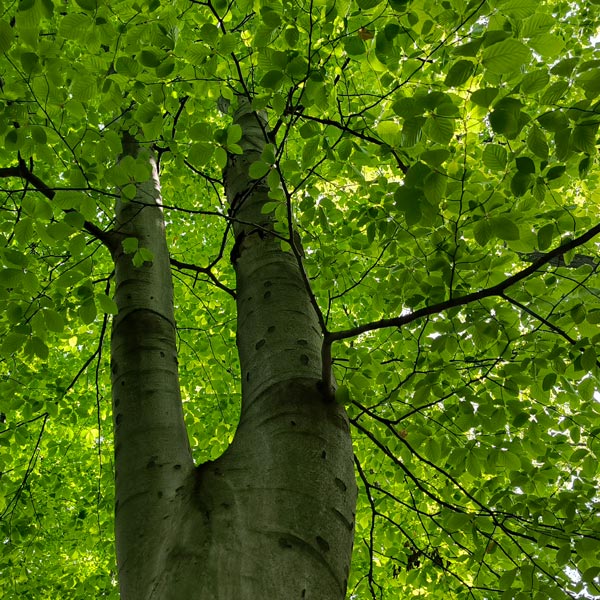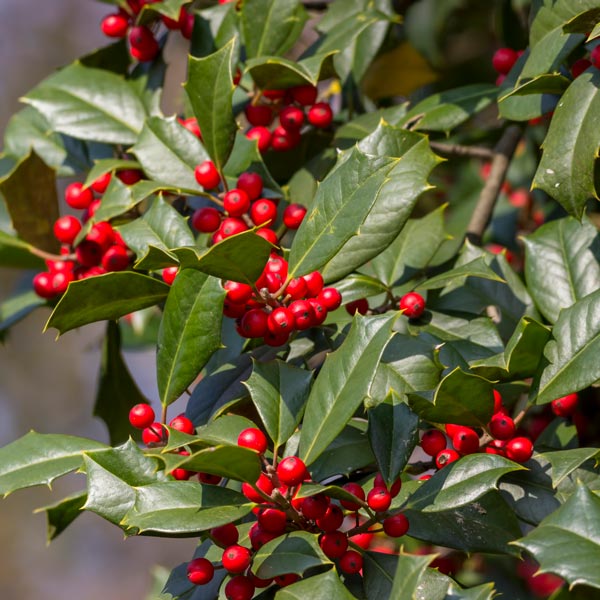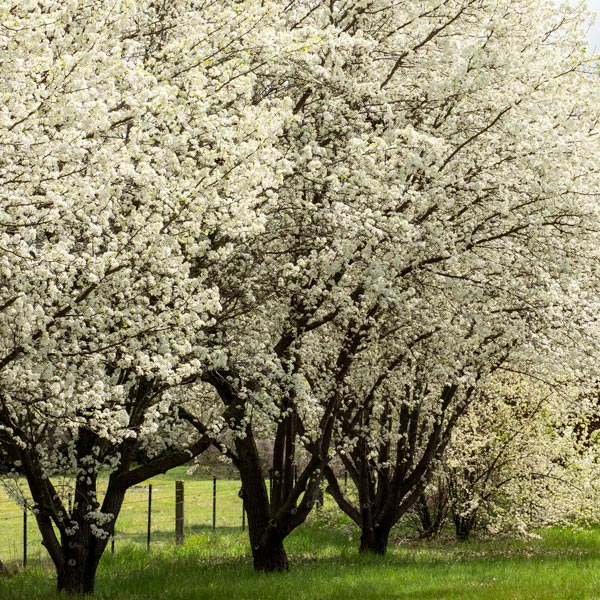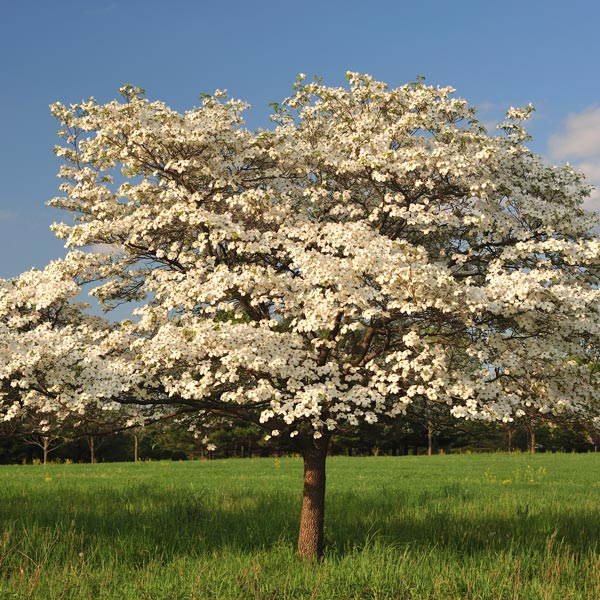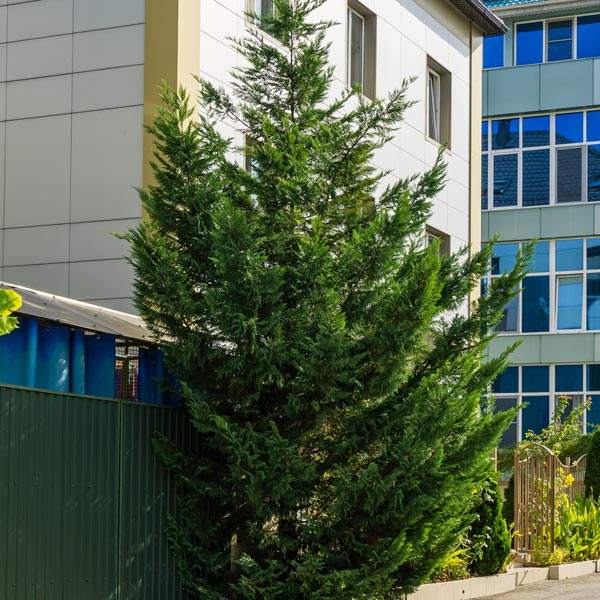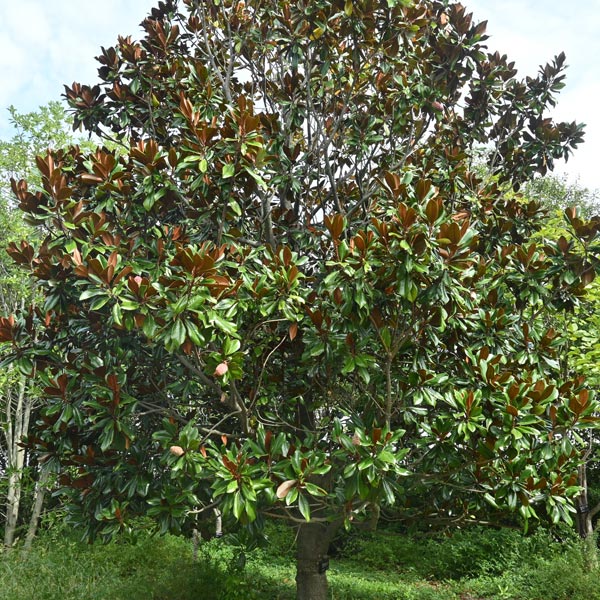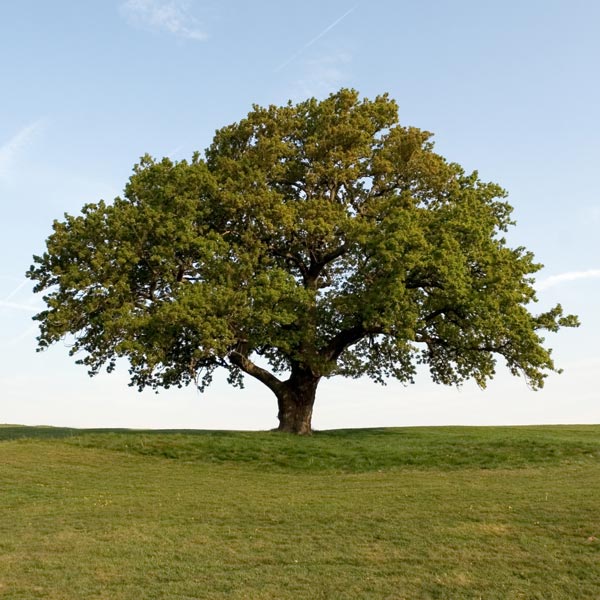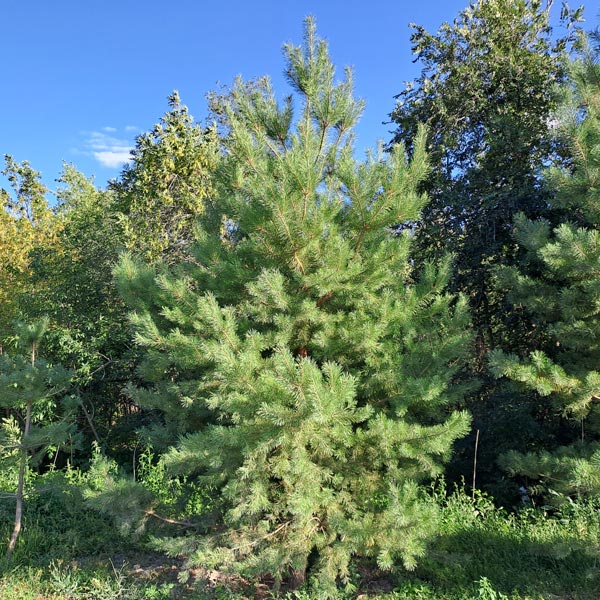How to Recognize Hazardous Defects in Trees in Hampton GA; Call Milam’s Tree Service for a Tree Assessment & Inspection
The trees planted in your landscaping to your home are usually placed with precision and care. Like all living things, trees need to be properly nourished. Watering, proper sunlight, food and pruning are essential to extend the life of your trees. Unfortunately, sometimes those trees need to be removed due to a safety hazard. But how do you spot a hazardous tree on your property? Today we would like to give a brief lesson on recognizing when a tree has become hazardous. If you should spot a hazardous tree that needs to be removed, call a pro at Milam’s Tree Service. Any tree, but especially a hazardous one, can be unpredictable when removing, and one of our trained specialist can get the tree removed without mishap.
Tree Inspection & Assessment Services
– Tree condition. When trees are on in poor condition they have visual symptoms. When looking over trees, observe to see if there are any dead twigs, dead branches or small, off colored leaves. Healthy trees generally have lush green leaves and sturdy branches.
– Tree species. Know what kind of trees you have in your yard and do your homework. There are some trees that are prone to illness. Some trees also get planted without realizing they don’t do well in particular climates. If you can’t identify the trees, call an arborist and they can assist you in that endeavor.
– Age and size. Just like people, trees can be effected by stress. Seasoned trees could exhibit stress markers that may be hazardous.
Visual Signs of Hazardous Trees
– Dead wood. If the wood belonging to a tree looks dead, whether it be branches or the stem itself, it needs to removed immediately! There is no telling how long a dead tree is able to stand, a vigorous wind storm or just gravity could cause the tree to fall on someone or your home or vehicle. Dead wood looks and feels brittle; it is dry and unbendable.
– Bark cracks. If you spot a deep split through the bark, your tree is cracked. Cracks in a tree indicate that a tree is near its end, and will need to be removed before serious catastrophe transpires. A simple minor crack isn’t cause for alarm and if caught before it extends through the bark, could be savable. If a crack extends through the stem, that indicates a serious problem. If there are two or more cracks, or if a crack corresponds with another defect, your tree might require hazardous removal. Branches that are continually getting cracked or broken off are also considered a hazardous tree.
– Weak branch unions. This is when a branch is not strongly attached to the tree. This happens if two branches are trying to grow too close together, leaving one or both branches growing insufficiently. If you notice this, your tree could be saved, but the union branches would need pruning before a larger problem manifests.
– Tree Decay. Decay usually happens from the inside and spreads outwardly. Decay indicates a tree that has been failing for some time. If the wood is soft or crumbly, or a hole exists, could be indications your tree is suffering from decay. There may also be mushrooms and other fungal activity. Depending on the ratio of decay to healthy tree, would brand this a hazardous tree and an arborist could assist in identifying the necessary action.
– Tree Cankers. For those that are unsure what a canker is, it is the area on the branch or stem that has it’s bark indented in or gone altogether. Cankers are usually the cause of illness or injury, and depending how much of the tree is consumed by cankers, or were it is located, would determine if the tree is hazardous. A specialist from Milam’s Tree Service could consult with you in determining if the tree is a hazard or not.
– Tree Root problems. Trees with root problems are a indeed a hazard. Their root system is what anchors them to the ground, and if the roots are the problem, a tree could blow over easily and cause injury or property damage. If roots are exposed above ground, especially if they look dead, severed, or unhealthy, imply a hazardous tree.
– Tree posture. Some species of trees naturally have unique structure patterns, so it is important to know your trees normal growth pattern. If it abnormal, it could mean structural weakness and needs to be removed.
Professional Hazardous Tree Removal Services in McDonough, Jackson, Jonesboro, Fayetteville & Hampton as Well as Fayette, Clayton & Henry Counties Georgia
It is crucial to have any tree that seems hazardous, removed before problems arise. Call Milam’s Tree Service to safely remove any hazardous tree from your property.

